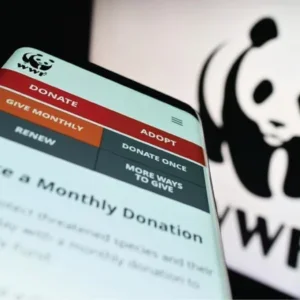Nakara Leather Tanning & Processing, Windhoek, Namibia, have ‘expanded considerably’ over the past two years to meet what they say is a growing demand for upholstery leather, mainly from South African customers, according to partner Kevin Davidow.
The expansion has included additional space, from 7,200m2 to 9,000m2, plus equipment and new products.
The company now have the capacity to produce 35,000m2 of leather/month, although current production averages 20,000m2.
The company have bought additional land and erected new buildings. Installation of new equipment includes a Bergi Superpress with a new print cylinder, milling drums (including an Erretre drum for special articles), an additional full hide toggle unit, a full hide shaver, and a wet-blue splitter. A second spray line is being installed at present.
Oil- and water-resistant nubuck leathers have been added to the upholstery range, which is now 90% of Nakara’s tanning business. The company still make a very broad range of leathers. On the upholstery side, standard products are aniline and semi-aniline bovine, kudu and oryx leathers, as well as waxy pull-up, fully pigmented, full grain and corrected grain leathers; about 70% is bovine.
Hair-on gameskins remain an important part of the range, and for their ‘more extravagant customers’, they dye springbok, hartebees, blesbok and occasionally zebra skins in a variety of fashion colours. They process around 750 springbok skins and 300 other hair-on gameskins/month and also tan about 600 sheepskins – which have been a mainstay of production since Nakara started their own tannery in 1989, mainly for their own suede and nappa clothing factory.
In addition, they tan about 400 ostrich skins and produce ostrich leather products. The bulk of Nakara’s sheepskin and ostrich finished goods are sold through their own outlets in Windhoek and Swakopmund.
Sealskin leather is also ‘becoming a sought-after product internationally’, Davidow said, and Nakara are producing around 1,500 skins/month, both hair-on for the fur market and shrunken grain for leathergoods, almost exclusively for export.






